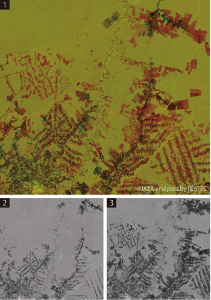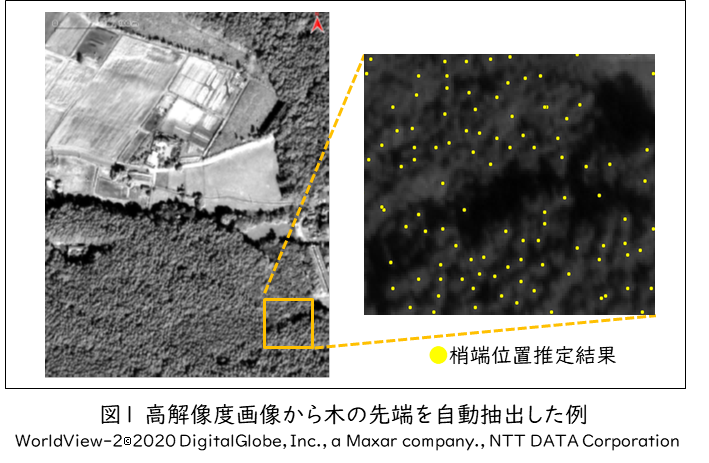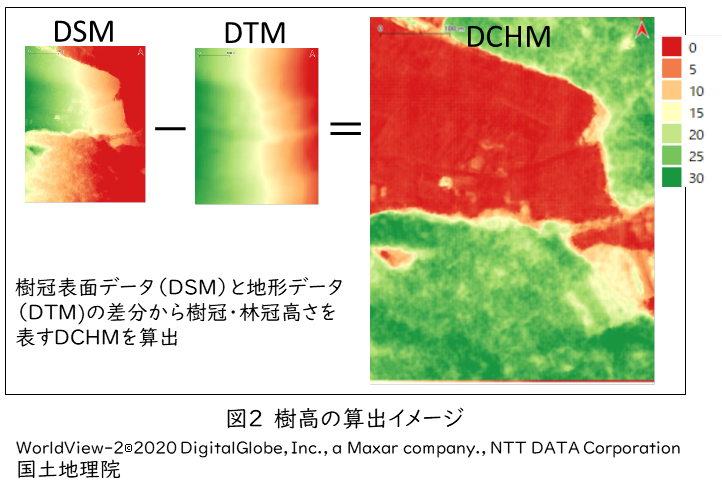Forest
Forests make up two-thirds of Japan’s land area. The forested area is as large as 25 million hectares (250,000 square kilometers). Forests have a variety of functions and roles that provide people with comfortable and secure lives. Forests are a valuable natural resource which produce clean air and water, prevent disasters such as landslides and flash floods, supply wood resources, and at times offer tranquility and serenity to people as a place of relaxation.
Protecting forests and making effective use of their functions and roles is not only an issue for Japan but a challenge shared by the world. In particular, the effects of forests on fighting global warming have attracted attention in recent years.
To find a solution to this challenge, RESTEC continues to embark on efforts, drawing on its extensive know-how on remote sensing and utilizing not only satellites but also various other platforms such as aircraft and drones.
Grasping the volume of forest resources
Satellite surface observations can be made for a large area at one time (100 square kilometers or more). Therefore, even areas as vast as a forest can be observed efficiently.
RESTEC is working to establish techniques for precisely assessing the forest situation and resource volume (timber volume) using images taken by satellites.
Thanks to improvements in the technology and performance of observation sensors, it is now possible to identify the location and type of individual trees from images taken by satellites (Figure 1). By combining multiple images, it is also possible to estimate the height of the earth’s surface and the height of trees. If the height of a tree can be estimated based on the difference between the tip of a tree and the height of the earth’s surface (Figure 2) and if the land area can be determined from the tree distribution situation, it is possible to calculate the forest volume (resource volume) for that land area. Furthermore, RESTEC is studying methods for evaluating the economic value of these resources, taking into account factors such as species information and the road development situation.
Forest Monitoring
-
Logging of the tropical forest of the Amazon being carried out in the Rondonia region of Brazil
Image (1) is a color composite image that combines Image (2) taken in 1995 with Image (3) taken in 2009. Within the area of approximately 110 km2, yellow indicates forest cover, and dark brown indicates areas logged since 1995. Red indicates areas logged in the 15 years from 1995 to 2009. It is obvious from an analysis of the image that logging of the forest has dramatically increased. -



